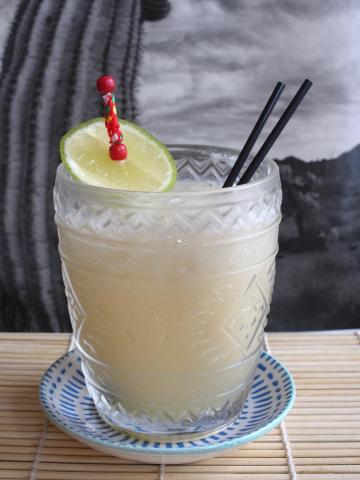Bebida de Puebla
Stir, strain, coupe. Lemon twist garnish.
- Cornucopia (Claphamcocktails) — Corn Whiskey, RinQuinQuin a la Peche, Bianco Vermouth, Cachaça, Bitters, Lemon
- The Drunken Dodo — Trinidad rum, Sweet vermouth, Allspice Dram, Bitters, Orange peel
- Skid Mark — Rum, Sweet vermouth, Curaçao, Orange peel
- The French Intervention — Reposado Tequila, Aromatized wine, Herbal liqueur, Grapefruit peel
- Jupiter's Acorn — Rum, Walnut Liqueur, Sweet vermouth, Bénédictine, Bitters, Whole egg

Didn't have the Ristretto, which I understand has a strong flavor, but still very good made with what I had (Tia Maria).